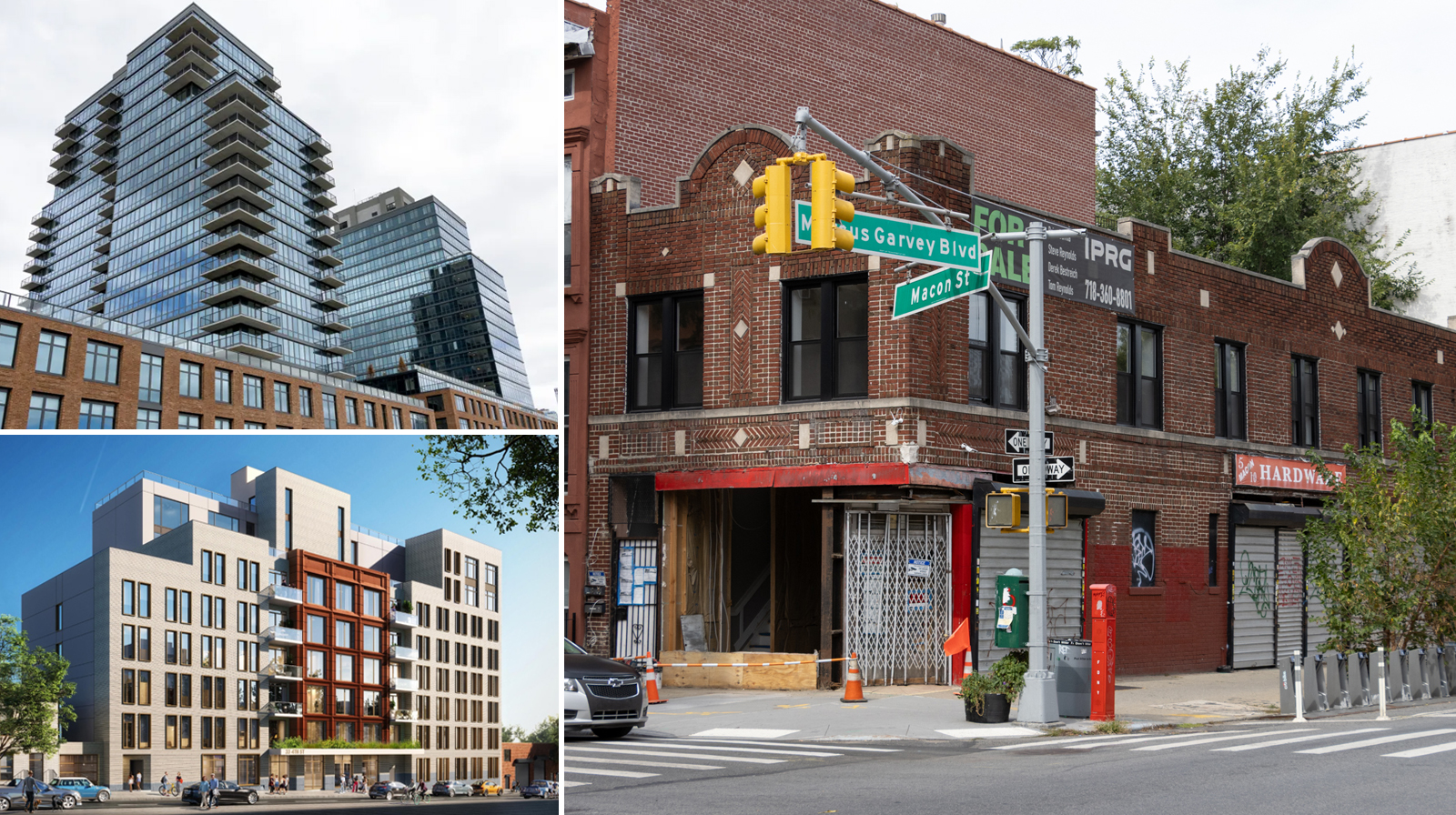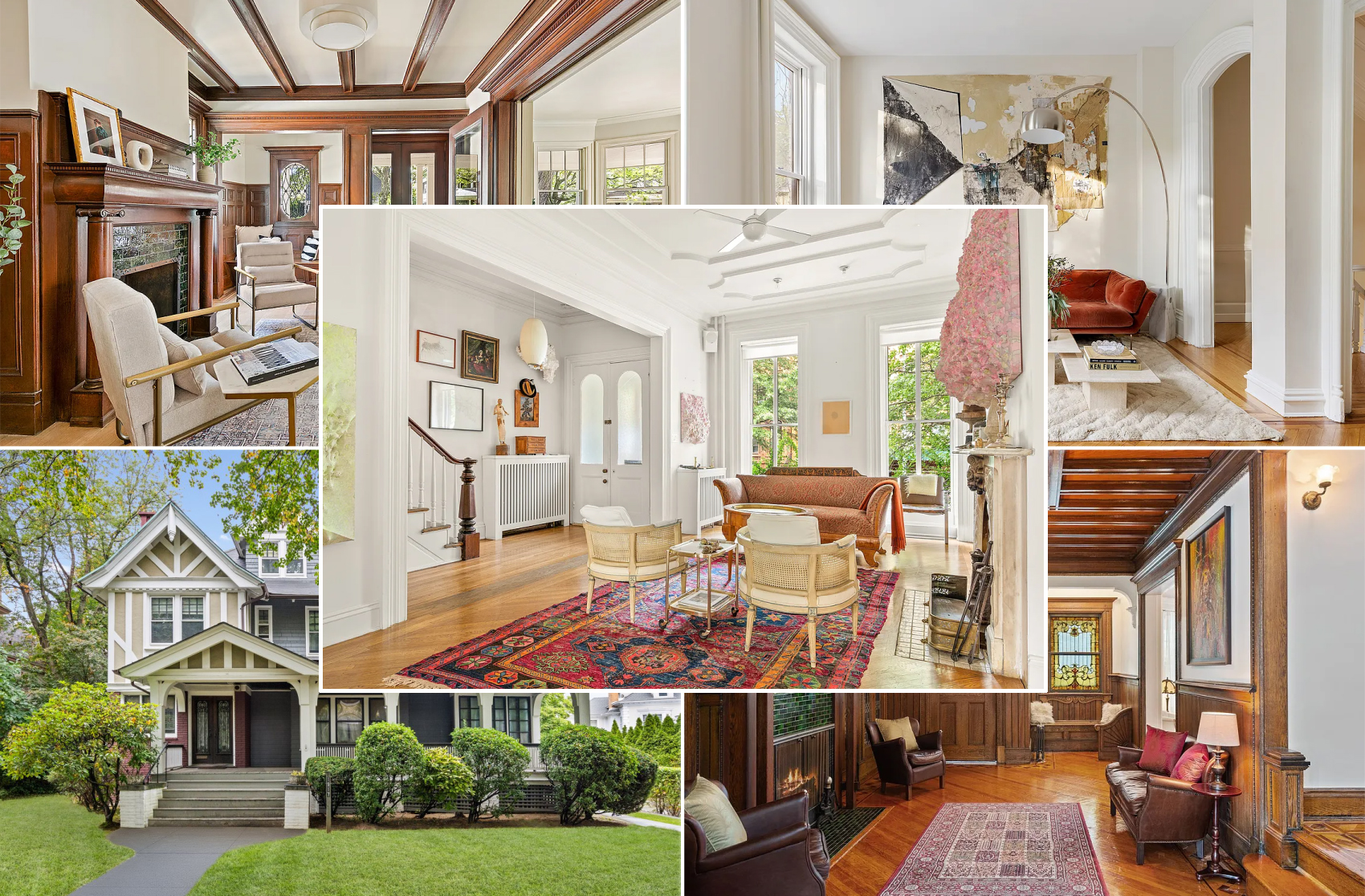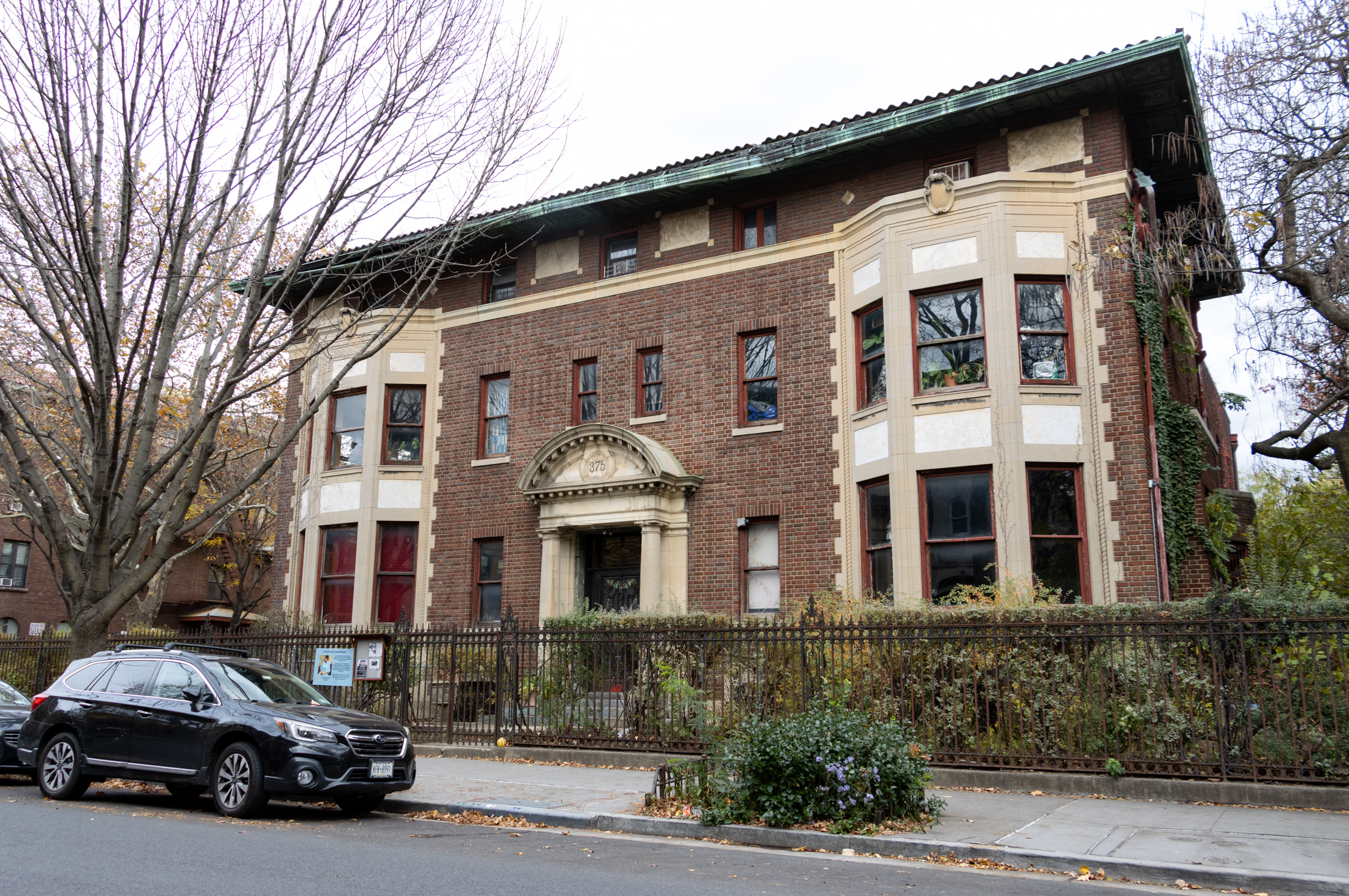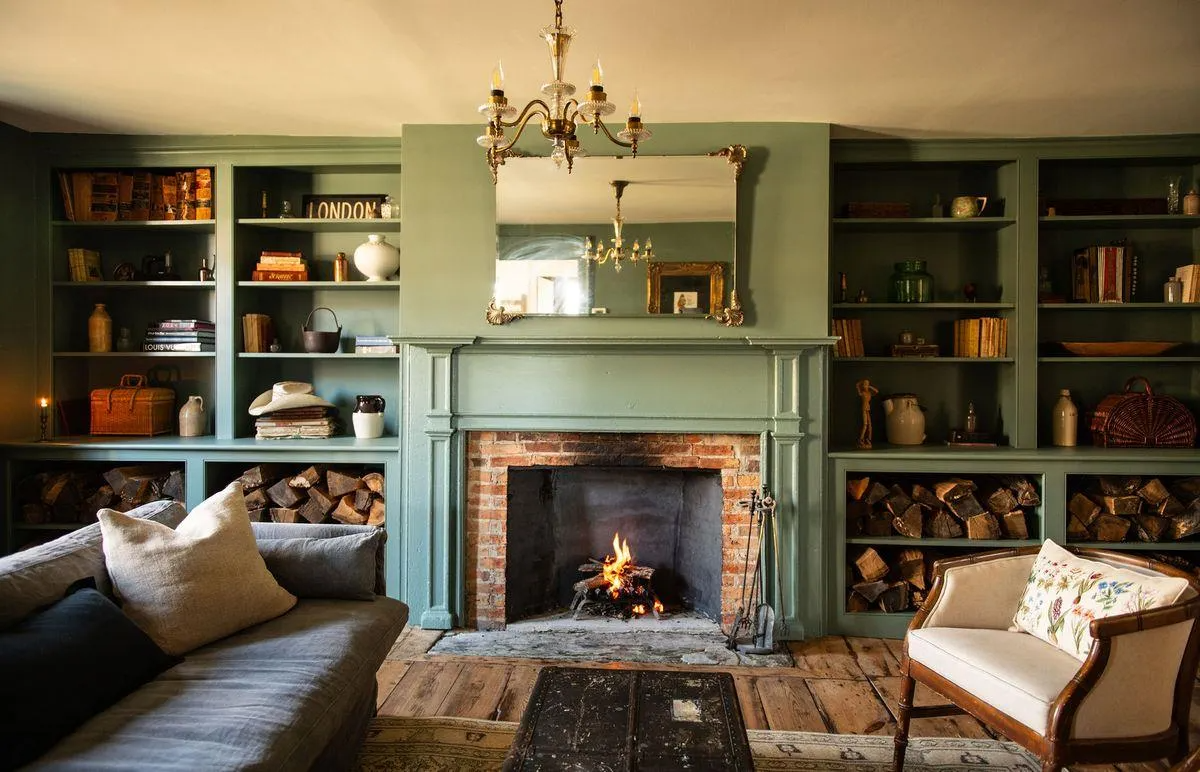Bigger But Not Better in The Slope
Looking at this kind of before-and-after is a good way to get depressed. The transformation of 561 11th Street was noticed and mused upon by the blog Save The Slope: We have no idea if the new building is great architecture or not. Personally we prefer the old building. One wonders, though, what has really…


Looking at this kind of before-and-after is a good way to get depressed. The transformation of 561 11th Street was noticed and mused upon by the blog Save The Slope:
We have no idea if the new building is great architecture or not. Personally we prefer the old building. One wonders, though, what has really been gained in this process? The new building is not dramatically larger than the old one. The old building could have been a 1- or 2-family; the new building appears to be a 3-family. Perhaps we have managed to squeeze another couple of people into Park Slope, which is great. Probably someone has made a lot of money in this transaction, or hopes to. But the one certainty is that we have lost a bit more of Park Slope’s historic fabric and unique “sense of place”.
Bummer.
11th Street: Another One Bites the Dust [Save The Slope] GMAP





Petunia – what block are you talking about, the 4 story buildings on this block do not have front gardens and they have no setback….the new building has the same setback as the old one and now its height is consistent with at least 50% of the buildings on the street – how is this not contextual.
Tyburg, at the time Revere’s house was preserved (1910s) because of his historic importance, the building itself was completely ordinary and unremarkable. Ramshackle, also. It was a sagging boarding house. But now, only a century later, it stands out for being one of the few buildings of its age AND OF AN ORDINARY CHARACTER that remains in the area. It is not a mansion. And no, those 1920s shacks in Carmel are not special. I mean, not all of them. I’m not talking about the elaborate Arts & Crafts bungalow revivals with the thatched roofs. But they’re essential to giving the area its distinctive character.
Pete – my view on this subject is holistic. And yes I have been down this block.
tyburg- MM can tell this better than I but brownstone blocks were designed in groups for the most part so within those grops there is consistency. But they were by no means into cookie cutter and the detailing, ornamentation and finishing shows this. Many blocks were bracketed at each end but similarities in the corner buildings. You don’t see that so much now because of changes over the year but there is that design element on a number of blocks in my neighborhood. there are blocks that were developed at different times and by different architects, but even those blocks have a sense of design continuity. There are some blocks in Bed-Stuy that are a fascinating mix that work together, rather than breaking with jarring notes like the building above.
What Mr. Brennan said, that even pete, my fellow pinko commie overlooks is the phrase “when these attached homes were created” At the time row houses were created these were important visual elements. And should be now.
Re- my earlier comment in reply to fsrq’s, The old bldg. was half as big and had open space to the side. The frame house next door is also very close to the street but is much smaller in scale. The bldgs across the street and down the block are set back further, not as much as some blocks, but with enough room for a small front yard, which this condo wouldn’t have room for. I walk down that street all the time, but never with my tape measure so I can’t tell you exactly.
“landmarking is not holding the borough back”
Nonsense, and this article is a prime example.
By all aspects of good urban planning, South Park Slope should be further developed. It has good access to mass tranportation, it is close in the central city,and its housing stock consists mainly of outdated woodframe housing of dubious architectural merit. If it were up to the preservationist community, this community and others like it, would be set in amber. By doing so, you would be pushing the development to areas that are not well-served by mass-transit, and are not so close in to the center city. Such development would make our area less atttractive to many people. Most people do not relish commuting 1.5 hours to find a modern home that is affordable. The NY metro area would lose some its competitiveness.
If you cannot see how added regulations do not add to the cost of housing, I don’t know what how to respond. Anyone who has had to deal with regulations will certainly appreciate that it will indeed do so.
Umm… Petunia. This building is maintaining the SAME setback as the old building AND the same setback as ALL of the other buildings on the block. The facade line is the same. I’m not sure what your point is. Do you think they should have moved the old building back instead?
Ty – no joke. And I didn’t say they should be the same but that they should be considered, at a minimum. Not considered here at all. I write about here: http://bit.ly/8ECUTG
Benson, you are not required to draft anything in regards to something you obviously know nothing about, or care to find out any facts about. How much easier to simply sit on the sidelines and call the preservationist movement names.
The borough you profess to love so much is growing and becoming more popular and maintaining itself in part because of what you oppose – preservation. Our historic neighborhoods are where many people want to live because of the beauty of the blocks, the sense of community created by lower scale and the neighborhoods created therein, not to mention the architectural beauty, and the actual pleasure derived from walking down beautiful and usually well cared for blocks.
And, less you continue to falsely paint the movement as being totally make up of rich elitists, some of the most fervent preservationists are the people in neighborhoods like Crown Heights and Bed Stuy, places where lower and middle class folk want to preserve their neighborhoods as much as the wealthier people in Brooklyn Heights and Park Slope. And most of us certainly can’t afford your hyperbolic example of needing a lawyer in order to paint a garage, either.
Not to mention that the majority of Brooklyn is NOT landmarked, therefore landmarking is not holding the borough back, rather it is protecting and preserving some of that which makes Brooklyn unique, desireable and eminently liveable to people in many different areas, interests, and income brackets. Brooklyn wouldn’t be Brooklyn without what we’ve managed to protect, and will protect in the future.